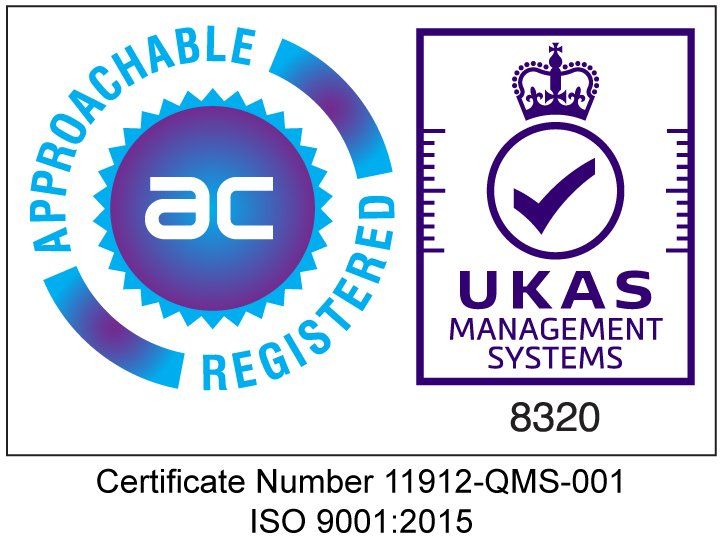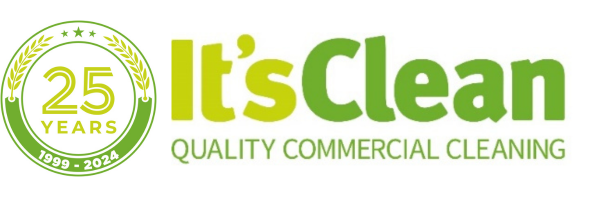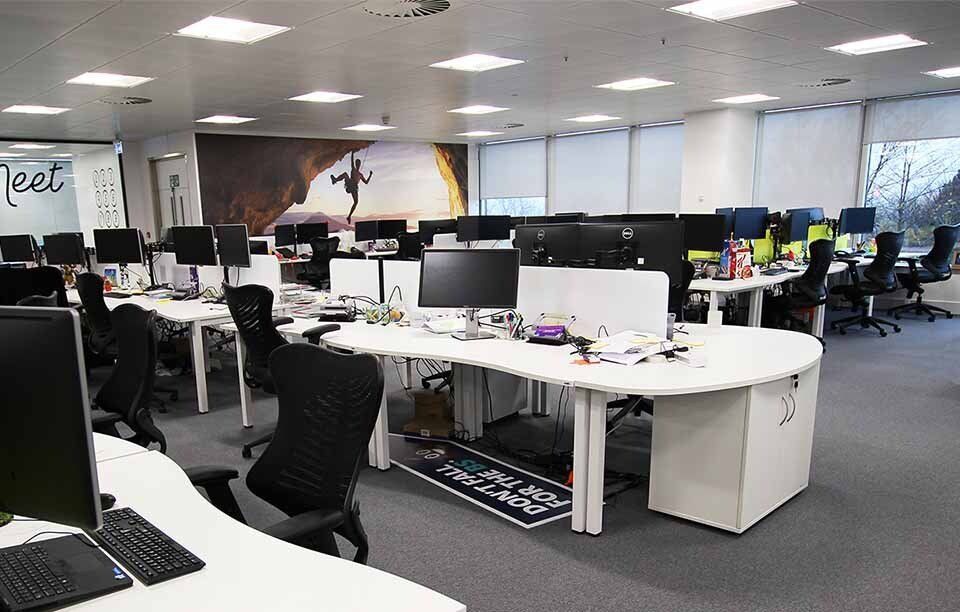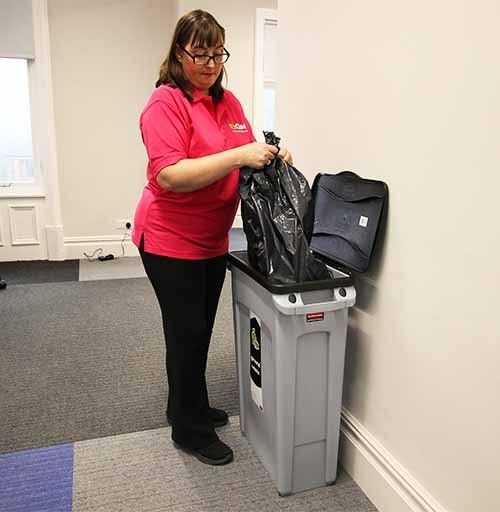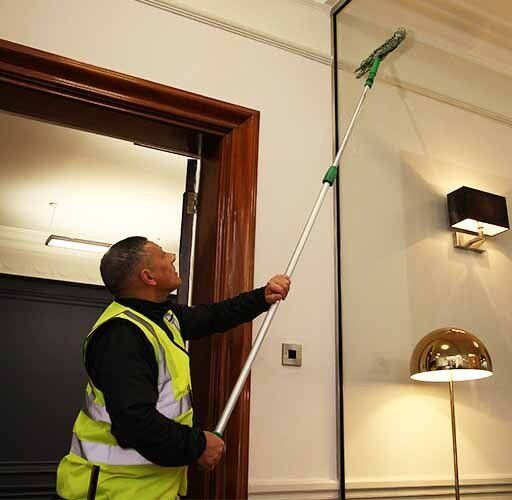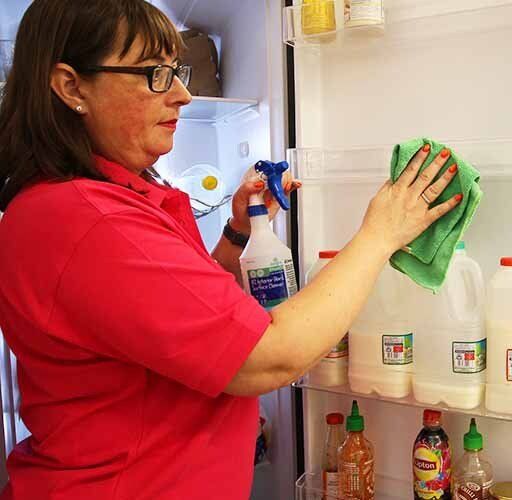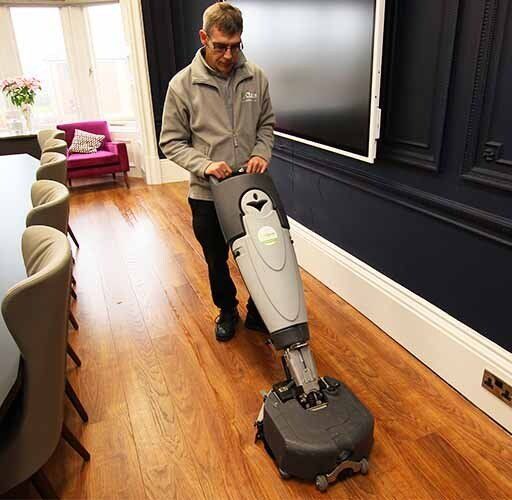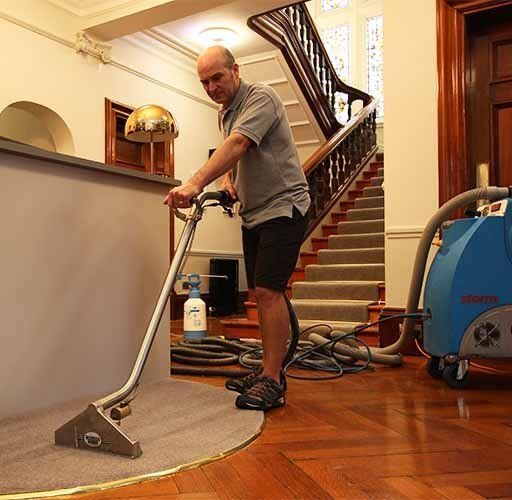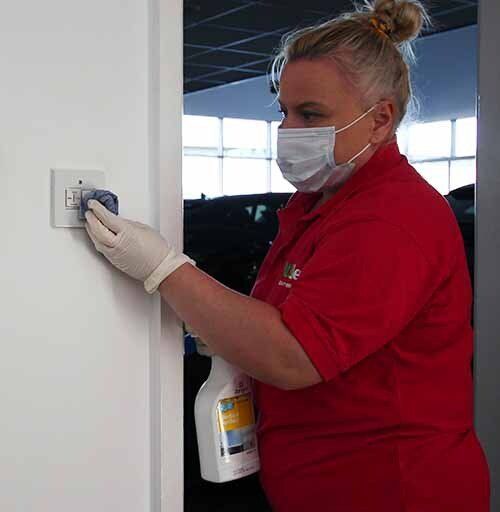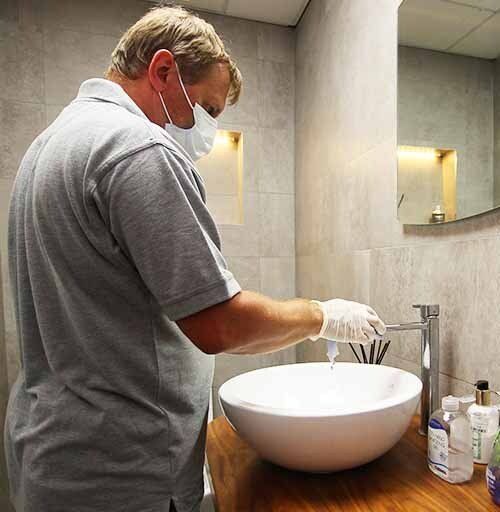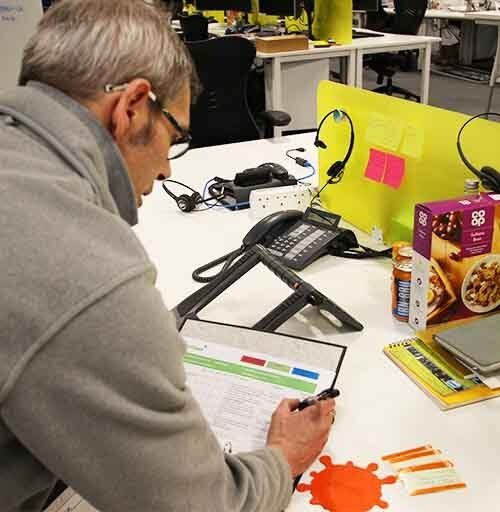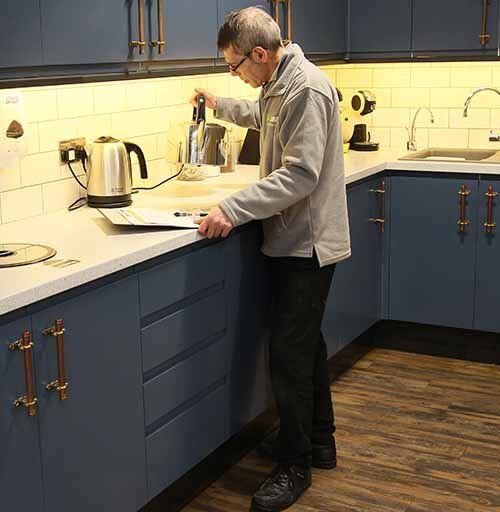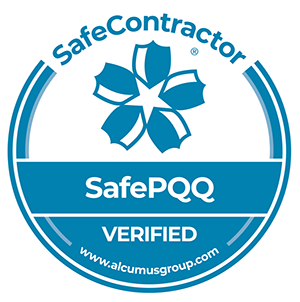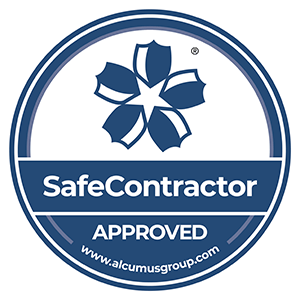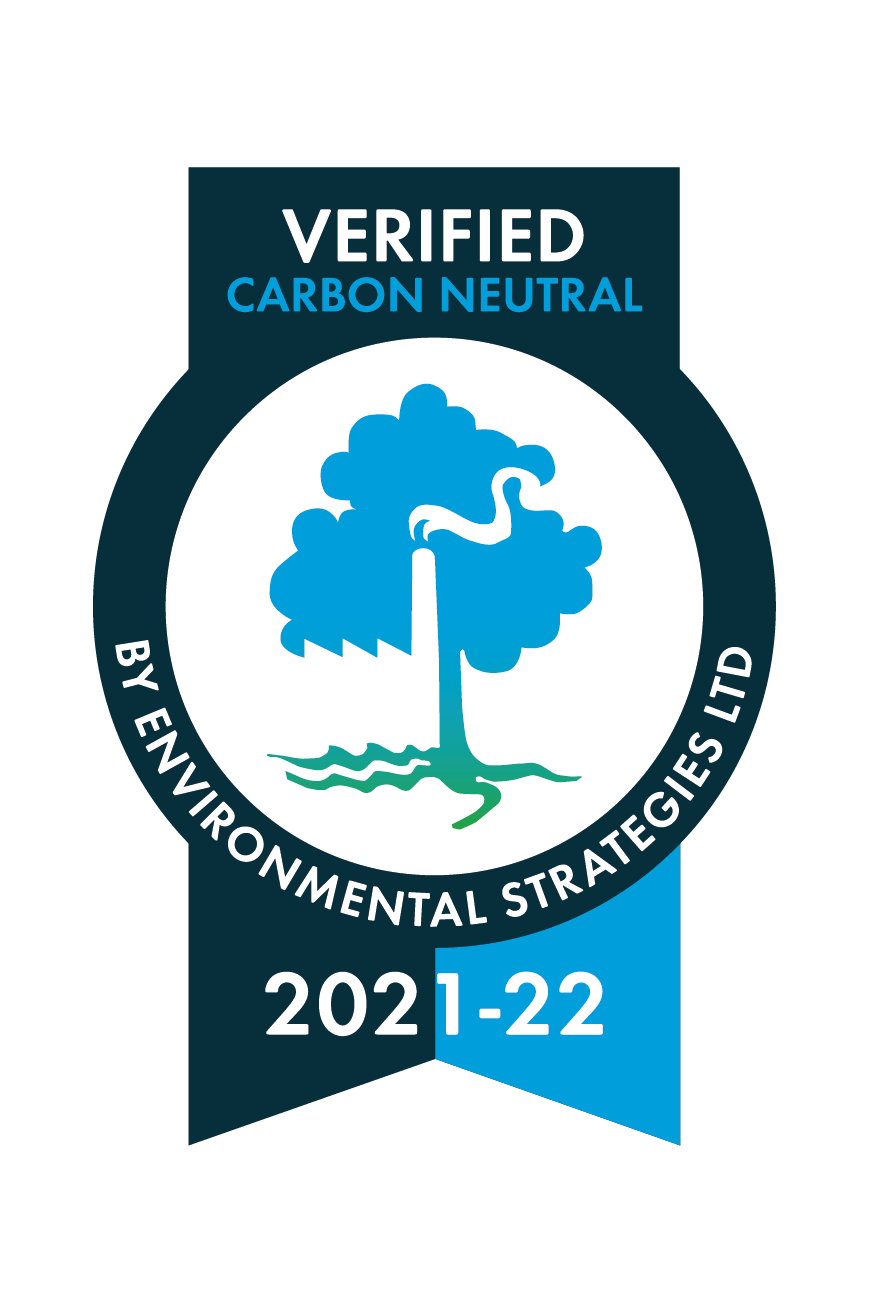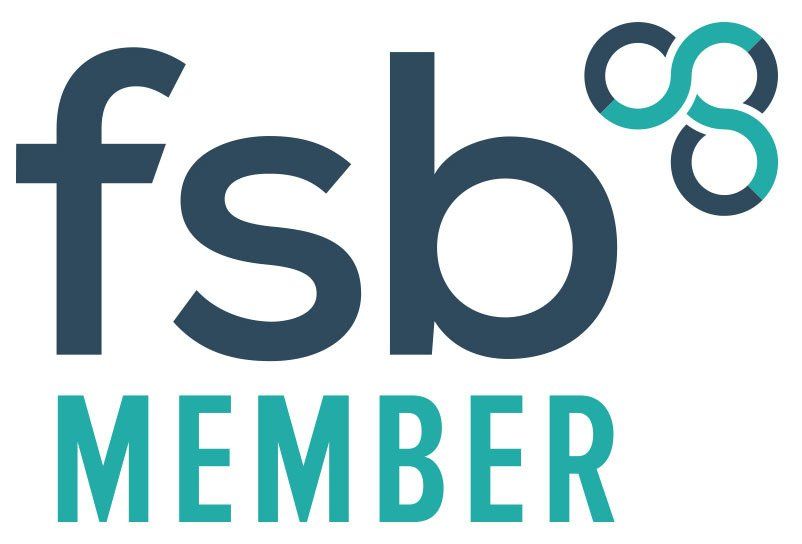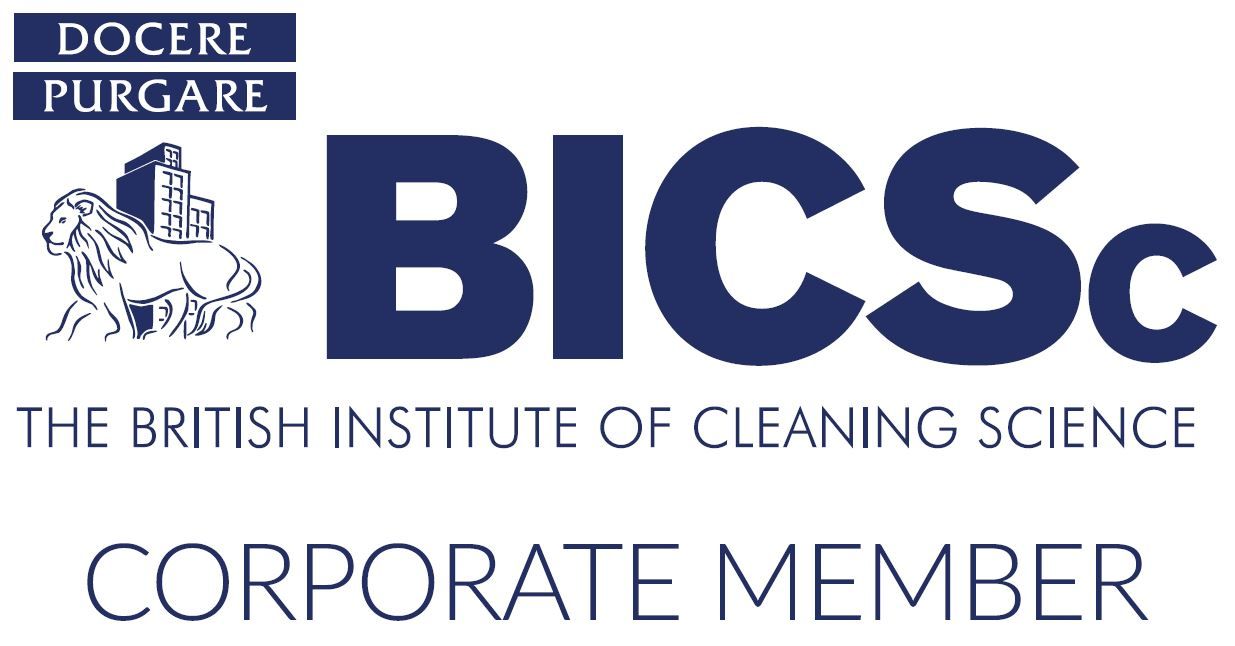Office cleaning services are a major contributor to the success of an organisation. It has taken many years for the commercial office sector to realise this, but slowly and surely, businesses have put systems in place and made a financial commitment to office cleaning, elevating it from a periphery cost to a significant and influential factor.
The commercial office environment is one in which germs can have a field day, given that there is a mixture of different people circulating in an area where many inherent features remain static. Many modern offices have air conditioning systems which filter incumbent air and provide fresh, recirculated air at all times. This helps create a healthy working environment, but is no substitute to having a regular, robust and effective office cleaning system. A clean and tidy office provides a range of benefits which the organisation can take advantage of, in addition to the fact that it is a prerequisite, which any employee expects and all employers have a duty to provide.
So, in this ultimate guide to office cleaning, we have broken down this sector into key considerations, and addressed each one to provide a comprehensive overview which should allow organisations to approach the issue of cleaning offices armed with sufficient knowledge. In this article we will look at why office cleaning is important, how you need to address it and what you will need to put in place. After that, it should be clear why cleaning offices has become such an integral service and why it has come to reflect the standards and the winning mentality of organisations throughout the UK.
Why is office cleaning important?
There are a number of reasons why the UK business community has grasped the importance of office cleaning and made it an integral feature of their annual budgeting and daily operations.
- Employer duty: Under the Health and Safety at Work etc. Act 1974 and more specifically The Workplace (Health, Safety and Welfare) Regulations 1992, employers have a responsibility to ensure that the workplace is kept sufficiently clean and tidy. In some cases, high standards of cleanliness can be essential, such as in a laboratory, in healthcare or where food is being prepared, but in a less clinical office environment this is not simply a case of emptying bins. Hazards can still come from spills, leaks, contaminated air, trip hazards, unsafe storage and obstructions. These issues all form part of maintaining a clean and tidy office, and in addition to this, the office environment includes associated welfare facilities. Only 61% of people wash their hands after using the toilet, so it is easy to see how this can become a huge transmitter of germs and bacteria. Furthermore, a quarter of office workers think their office is not cleaned satisfactorily, which leads to our second point.
- Standards: Providing and maintaining a clean and tidy office environment serves as a constant reminder of the standards the organisation expects; it is a reflection of the organisation. So, if an employee sees an accumulation of dirt or rubbish, or an untidy and disorganised workstation, this can become symptomatic of attitudes and expectations. It can allow negative patterns to fester and the quality of working standards to decline.
- Productivity: An office worker will work much more productively if they have a clean and tidy office environment and workstation. Nobody works well if they are continually having to search for things, or remove items to get access to equipment. Quite apart from trip hazards existing when cables and materials are not tidied away, health and safety is also affected by cleanliness in the office environment. Germs spreading leads to diseases and absenteeism, and this all affects the productivity of individual workers and the business in general.
- Appearance:
Much as a dirty and untidy office reflects standards internally, it can also send a negative message externally. Where VIPs or customers visit an office, they can be put off by poor standards of office cleanliness. First impressions count, and while customers may see the effects of poor standards in the work they receive from an organisation, they may physically see it for themselves if they have a reason to visit your offices, and this can be very costly to an organisation.
What kind of office cleaning do I need?
Typically, a professional office cleaning regime will be split into tasks that differ in frequency. But when you break office cleaning duties down in regularity, it doesn’t mean they are any less important. Some tasks need to be done more regularly simply because of the specific environment they are in, or the amount of usage the area gets. Other tasks need to be done less regularly because everyday operations don’t impact on them so much, but it is still very important that they get done.
So, a professional office cleaning company would break tasks down into three categories:
- Daily office cleaning: this would involve easy and quick jobs such as tidying desks, emptying rubbish bins and dusting down IT equipment, essential safety jobs such as tidying cables and moving equipment back to its proper place to remove hazards, and essential hygiene jobs such as washing sinks, toilets and surfaces in communal, well-used areas. On a daily basis you should also clean important ‘touch point’ areas, ie. locations which are touched frequently throughout a day, often by different people. A typical office desk can carry 400 times more bacteria than a toilet seat. This is because we spend all day at a desk, and in addition to working we can cough, sneeze, touch all surfaces and sometimes eat and drink. A telephone will come into contact with lots of bacteria, so too a keyboard and a mouse and a chair. Sometimes these will be occupied by different people over a 24-hour period, so daily cleaning becomes even more important.
- Weekly office cleaning: these are tasks which don’t need doing quite so frequently and have less of an impact on a daily basis. So, this could include cleaning windows, wiping down lesser-used worktops or surfaces, cleaning the floors and cleaning out communal fridges or microwaves.
- Deep cleaning: the frequency of these depends on the nature of operations and how quickly dirt or untidiness can accumulate. In some workplaces this could be monthly, in others it may be alright to wait for a summer shutdown or to do it twice annually at fixed times. These tasks include cleaning ‘unseen’ or ‘void’ areas which are not visually important but where dirt can accumulate, such as underneath desks, on top of air con outlets, behind cabinets. You can also take this opportunity to do a deep clean of floor areas. Carpets and rugs are a big carrier of germs and bacteria, because they are generally unseen. A daily vacuum is sometimes just a ‘light’ clean, so a periodic Dry Fusion or hot water extraction carpet clean can alleviate a lot of hygiene issues.
What are the most important areas to clean in an office?
The definition of ‘important’ will change from one organisation to the next, but in essence, a thorough risk assessment will quickly identify the key areas and features of an office which require strict attention. In taking a general overview of the typical office environment, however, this can be summarised as:
- Workstations: including the desk, chair, phone and IT equipment as these are the most-used items in an office and an area that is most fully-occupied. This is often by more than one person, which makes it an integral feature of any professional office cleaning regime.
- Touchpoints:
these are items and locations that are frequently touched and therefore can very easily carry germs and infection, particularly if they are touched by many different people. Therefore, these are often found in communal locations and can include light switches, door knobs and handles, taps, heating controls, stair hand rails and clocking-in or signing-in stations, and require
regular disinfection.
- Communal areas: much like touchpoint locations, communal areas in offices see a big accumulation of dirt and germs merely through the amount of traffic that passes through them. So, these can include corridors, lift lobbies, entrance foyers, staircases and doorways, and just because they are not individual areas with a specific identity, doesn’t mean they don’t merit special attention.
- Welfare facilities: by their very nature welfare facilities are a major transmitter of germs and bacteria and require very careful attention, particularly as personal hygiene can be affected, and in terms of kitchen facilities, food and drink is being prepared and consumed. These areas should be cleaned daily using the right materials and to very high standards.
- Out of sight/void areas: it is easy to dismiss these areas because they can’t be seen, don’t necessarily impact on anything and are usually nobody’s direct responsibility. However, dirt can quickly accumulate in these areas and can become a problem if left too long.
- Waste facilities: a big factor in office cleanliness is removing waste. General waste should be discarded every day, and offices often have recycling systems in place now for segregating paper and plastic waste. So, systems for these are important in terms of keeping up with the environmental targets of the organisation. In kitchen areas you can also see food waste, which is also important to dispose of daily.
- Reception areas: Whilst this is not necessarily part of an office environment, you do sometimes have ‘customer-facing’ areas as part of an office set-up. Therefore, it is important to pay attention to these areas as they create a first impression of the organisation and are also where public liability can come into the equation, in terms of maintaining the health and safety of the public.
What is the difference between cleaning and disinfecting?
The average office worker comes into contact with around 10 million bacteria each day. So, some aspects of an office environment may require a more specific type of cleaning. This could be because of the risk of spreading germs, the nature of your operations and some of the substances or materials used, and of course this also applies to cleaning toilets and showers, where you wouldn’t simply use warm, soapy water.
In essence, cleaning is the removal of dirt and impurities from surfaces and includes germs. So, cleaning removes germs, but it doesn’t necessarily kill them. If you clean a work surface with warm soapy water, for example, it will no longer look dirty and you will remove some germs, but many germs and bacteria will be left behind, to grow again rapidly.
Alternatively, disinfecting uses chemicals specifically designed to kill germs that appear or are left on surfaces, but it doesn’t necessarily clean dirty surfaces. So, if you use a disinfectant spray on a work surface that has an accumulation of dirt on it, that dirt will remain unless you subsequently clean it off.
So, with any office cleaning regime you need to identify which areas only need cleaning, and which areas need disinfecting, and which need both. Sometimes, if you only clean or only disinfect, you do half the job. So, to effectively clean some office areas, such as tiled or laminate floors, toilets, sinks and showers, you must first clean and then disinfect. However, many office areas such as IT equipment and desks do not need disinfecting and won’t react well to being disinfected, they can be cleaned using more specific cleaners and sprays.
A further method of attacking germs which is seen in many offices, is that they now supply hand sanitiser, which employees can use regularly to reduce the transmission of infection. In this case, it may be a duty of the cleaning company to make sure these stocks are maintained and kept available.
What systems and procedures do I need in place to cover my office cleaning?
Most organisations employ a professional cleaning company to carry out their regular office cleaning. This means many of the structured systems an organisation needs will be managed by them. However, a good business will still maintain an interest and involvement in these systems as they will need to work alongside your existing internal systems, and ultimately, the cleanliness of the office is still the responsibility of the business.
So, the systems you will need in place for a good office cleaning regime include:
- Risk assessments – this is a key system for identifying hazards, ranking office cleaning tasks and developing a frequency schedule for these tasks based on their priority.
- Checklists – a simple system for identifying the location, description and frequency of each cleaning task and an indicator that it has been done.
- Equipment and materials – an inventory of what is needed to effectively clean the office, where it is kept, how it should be maintained and a mechanism for checking stocks and re-ordering.
- Inspection – a system for an independent party to be checking cleaning standards and approving them.
- Rules and responsibilities – internal procedures for who has responsibility for individual areas in an office and what is allowed. For example, one quarter of people eat their lunch at their desk at least once a week. This is perfectly fine, and is sometimes encouraged by the organisation, but does create a hygiene concern. Internal rules are also often required for communal kitchen areas.
- Problem reporting – a good organisation should have a system whereby employees can report problems that they come across. This could be areas not being cleaned as they should be, or areas that require cleaning more frequently. At the same time, a dedicated office cleaner should have a mechanism where they can report occurrences when they haven’t received reasonable co-operation from employees when attempting to clean an area.
- Appraisal – any contract with a professional commercial cleaning company should include a system of regular and routine appraisal, where both parties can discuss how the agreement is working and where improvements or changes can be made.
How do I select a suitable professional cleaning company?
Although most businesses have identified office cleaning as a very important function, it is more cost-effective for them to outsource this discipline to a dedicated, professional company rather than employ someone themselves and carry the cost of that, including recruitment and training. But how do you go about selecting a suitable cleaning company and what do you need to look out for?
- Reputation: Before holding any discussions with a potential cleaning company you should be able to gather evidence of their performance from online reviews and testimonials. This is a good indicator of their levels of trust and reliability.
- Standards and systems: Can the cleaning company immediately demonstrate a professional attitude in how they hold discussions, carry out risk assessments and formulate an effective cleaning schedule? This should be evident straight away when you meet them, and of course it should also follow that these standards are subsequently seen in their work and how employees are trained, managed and appraised.
- Consistency: You need your cleaning company to be consistent in how they perform in cleaning your offices. So different items, areas and locations should be cleaned to the same standard, every day and every week, and where individual personnel changes (for holidays, sickness or as arranged) the same standards are maintained.
- Self-managing: You are employing a professional cleaning company because you want to outsource this task and concentrate on your core business, and whilst you want to monitor this and appraise where necessary, you do not want everyday involvement in problems and general management. This is what you are paying the cleaning company for, so in essence you want to leave them to manage the system themselves, and be confident they can do it.
- Knowledge: A good cleaning company will immediately be able to demonstrate their knowledge and make suitable recommendations for how different areas of an office should be cleaned. As a general guide, this can include appropriate stain treatments, how to clean wood, laminate or textile flooring, how to clean fabric furniture, where to use lint-free or soft clothes, how to safely clean IT equipment and where to use abrasive brushes or harsh chemicals. They should also be able to advise on what equipment is needed, such as vacuum cleaners and floor cleaners or mops, brushes and cloths. Most cleaning companies provide their own equipment or agree with the organisation a procurement and storage policy, this will also involve personal protective equipment (PPE).
- Compliance: A good cleaning company will understand their health and safety responsibilities and be able to demonstrate their compliance with certain guidelines and regulations, usually in terms of written methods of work and the handling of materials.
- Training and insurance: The cleaning company should be able to demonstrate that its staff are adequately trained and can adapt these practices to your organisation, and they should also be able to demonstrate compliance with insurance requirements, i.e. being able to work on your premises.
Office cleaning for success
Now we have identified why office cleaning is important, what kind of office cleaning you need, what systems and procedures you need in place and how you can select a professional office cleaner. These factors should combine to put you on the right path to fulfilling your basic duties as an employer, but also in providing the right environment in which your office can thrive, work to its maximum potential and contribute directly to the success of your business.
